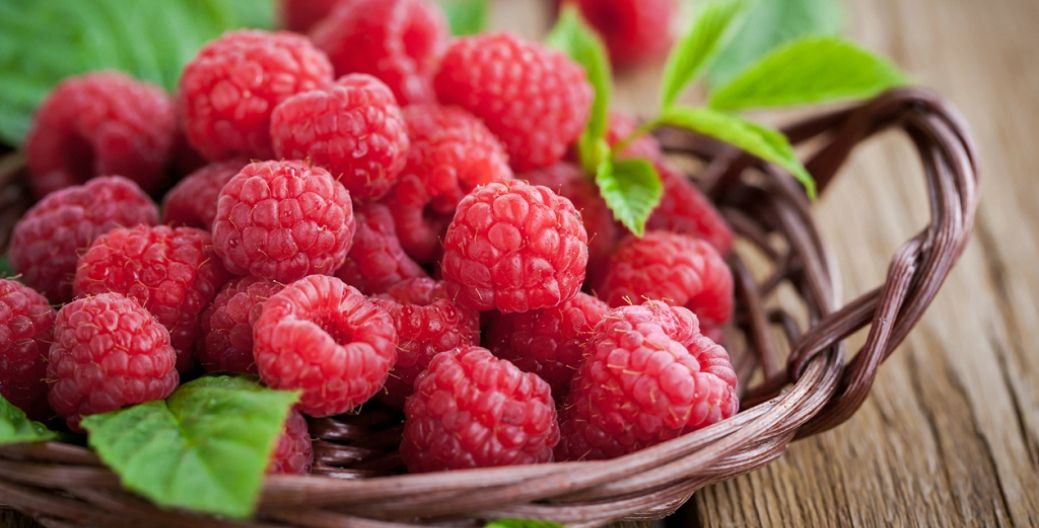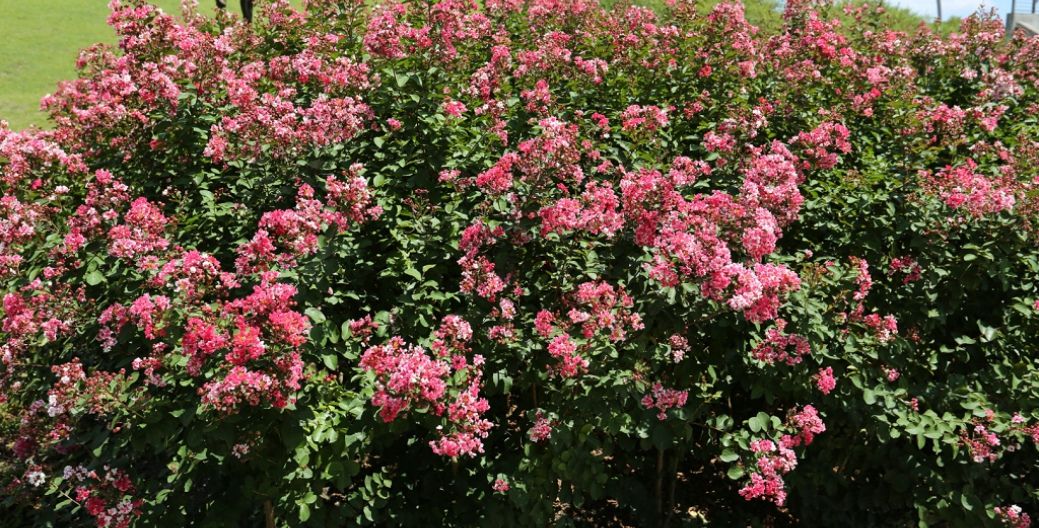Plant Collection Most Common Shrub Laurustinus See More Laurustinus (Viburnum tinus) is a flowering shrub native to the Mediterranean region. It is cultivated as an ornamental plant and it often adorns winter gardens. When little else is growing during cold days of winter, Laurustinus produces numerous clusters of tiny white flowers. Add to My GardenContinue reading “Most Common Shrub”
If garden centers provide bare-root seedlings, these can be stored in a damp and dark environment before planting to keep them in dormancy. The criterion of "dampness" is that the roots must be kept moist, but not fully saturated. Ideal planting time is usually late winter or early spring, before the plant starts sprouting new buds. Soak the roots of bare-root seedlings in water for 3 or 4 hours before planting.
Two or more plants of different species, with the same florescence, can be planted at the same time. Pollination between different plants can increase the fruit setting rate, as well as the single fruit weight. For species with a larger plant shape, the spacing should be appropriately increased.
If you are planting darrow's Blueberry into a pot, place this in a shaded and well-ventilated room for a week, before moving it outdoors and resuming with normal care. If on sloping land, avoid planting in locations where cold air stagnates, so that the plant is protected from frost during flowering. Adequate irrigation should also be carried out after planting. Maintain an organic mulch at a thickness of 5 to 10 cm throughout the year after planting.
A mulch such as broken wood sawdust, peat, pine needles and fallen leaves can help maintain soil acidity. As acidic organic matter degrades every year, the pH value of your soil needs annual monitoring, with adjustments as needed. Once the pH value of the soil is higher than 5.5, the darrow's Blueberry roots cannot absorb iron, meaning that the edges of leaves will lose their green color and turn red. Growth will be stunted, and the plant could even die. An acid peat soil mixture, while useful, takes effect slowly. If there are signs of an iron deficiency during the growing season, a chelated iron foliar fertilizer can be sprayed and a sulfur powder can be used to adjust the pH value of the soil.


Plant Collection Best Perennial Plant to Grow Orange daylily See More The Orange daylily is a perennial plant known for its captivating lily-like blooms. Its natural habitats are meadows and forests, but it is also a common garden plant in temperate regions around the world. Each individual flower lasts only a day, but the plantContinue reading “Best Perennial Plant to Grow”

Plant Collection Best Perennial Plant to Grow China rose See More The China rose (Rosa chinensis) is a Southwest China native. The plant has been cultivated for so long that it has become hard to tell the difference between wild and cultivated varieties. With medium-sized clusters of flowers and a long blooming season, it isContinue reading “Best Perennial Plant to Grow”

Plant Collection Most Common Shrub China rose See More The China rose (Rosa chinensis) is a Southwest China native. The plant has been cultivated for so long that it has become hard to tell the difference between wild and cultivated varieties. With medium-sized clusters of flowers and a long blooming season, it is easy toContinue reading “Most Common Shrub”







